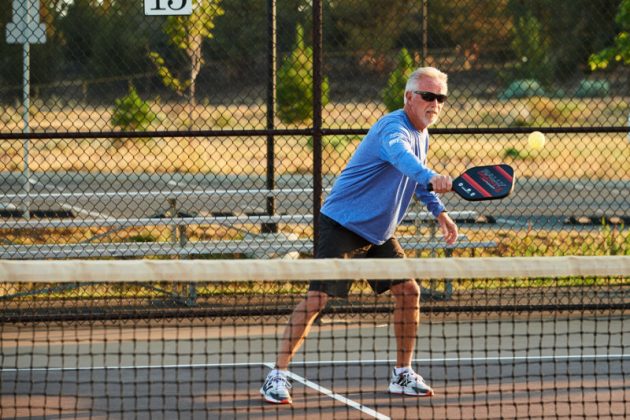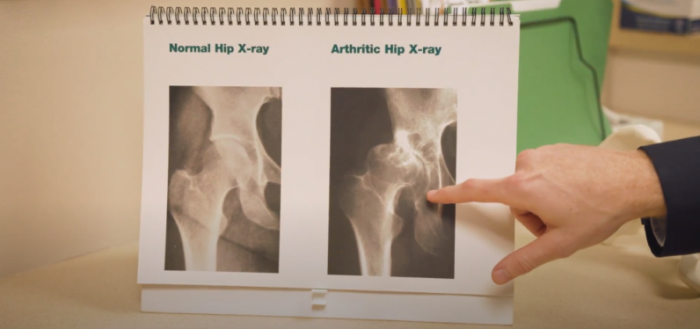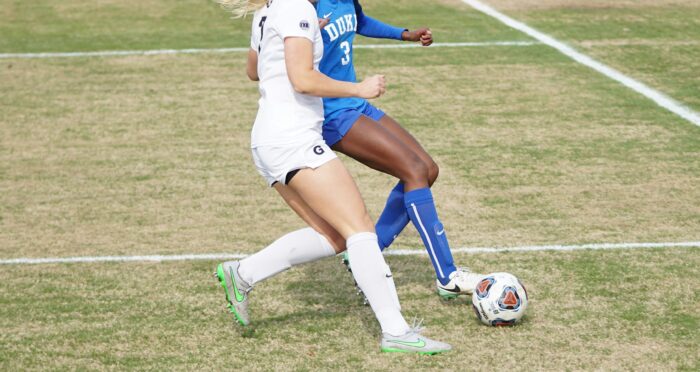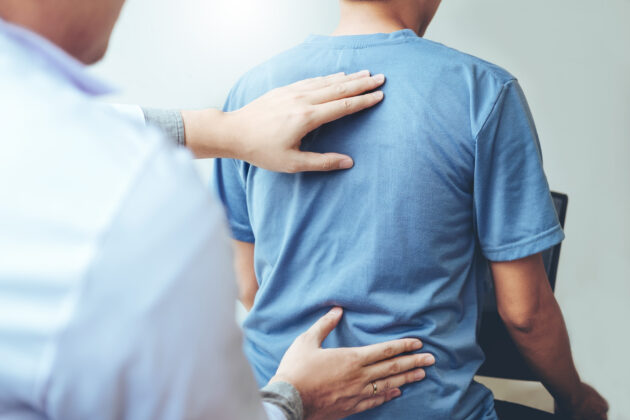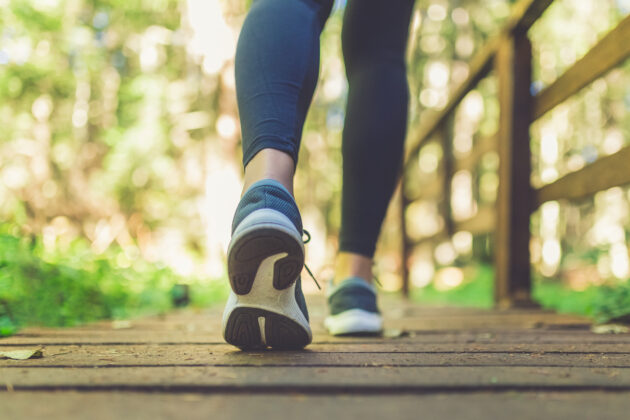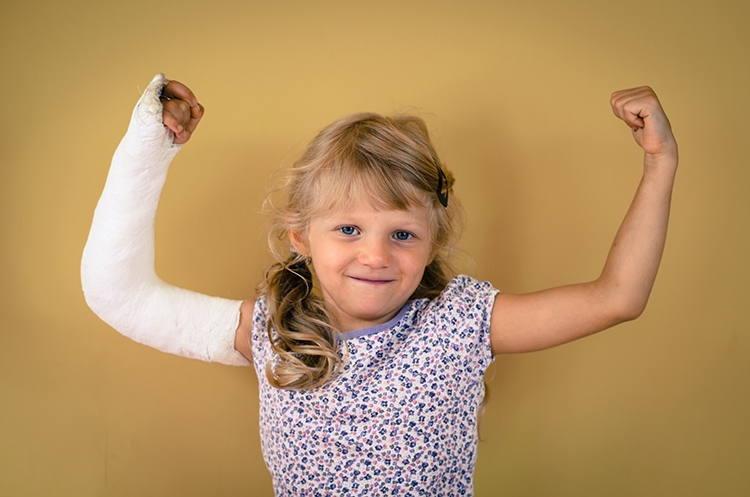
Central Oregon is a great place to raise a family. Great schools, an abundance of outdoor activities, and safe communities are just a few of the reasons people choose to raise their children here. Our families tend to lead fairly active lifestyles as Central Oregonians, and trips and tumbles are an unavoidable part of this. As you may remember from your own childhood, fractures are a common injury in children. According to the American Academy for Pediatrics, they are the fourth most common injury in children under the age of six. Falls cause most of the reported fractures in children, but motor vehicle crashes are also a top contributor.
A broken bone sounds scary, but pediatric fractures often heal without the need for surgical repair. Children’s bones are different than ours as adults – they are softer, more flexible, and tend to absorb shock better. A child’s bone also heals much faster than an adult’s bone. Because their bones are still growing and heal so quickly, it is important to treat a fracture quickly and properly to avoid future problems.
However hard we try, it is impossible to keep our kids out of harm’s way at all times. Accidents happen, but here are a few ways you can help prevent broken bones in your little ones:
- Healthy, sturdy bones are less likely to break. Help your child build strong bones with a healthy diet and regular exercise. Calcium and Vitamin D are important and can be found in foods like milk, yogurt, orange juice, and salmon. Weight-bearing activities like running, jumping rope, or even walking can encourage the growth of strong bones.
- Make sure your child always wears approved and properly fitted safety equipment for whatever sports they choose. Be sure it is in good condition and is worn correctly all the time.
- Keep an eye on your kids at the playground. Emergency departments treat more than 200,000 children a year for playground-related injuries, 56% of which are fractures and abrasions. Check out the equipment for safe surfaces and sturdy guardrails.
- For young children, use home safety devices such as stair gates, guard rails, or window guards to prevent tumbles and falls.
- In the car, be sure your children are properly buckled up in a car seat, booster seat, or seat belt – whichever is appropriate for their age, height, and weight. The CDC has great information on road traffic safety for kids.
- If your child is injured during a sport or other activity, don’t let them play through the pain. Have them evaluated by a medical professional to avoid causing further damage.
- Be careful on those trampolines! Trampoline injuries are growing at an alarming rate; flips and missed landings cause most of the problems. Make sure kids use trampolines one at a time, and check regularly that the protective padding is in good shape.
Symptoms of a Broken Bone in Children
After a fall, a child may not report pain right away, but they tend to not use the part of the body that has the fracture. They may complain of tenderness or trouble moving the part of the body that has been broken, along with weakness, numbness, or tingling. Other fracture symptoms, such as pain, swelling, bruising, and/or redness may occur after the injury. If there are any physical deformities such as a bump or change in shape of the bone, or if the bone is visibly sticking out, it’s best to seek medical attention right away. Otherwise, it’s probably okay to wait to be evaluated until the next day.
If your child does experience a fracture, remember that it is a common and treatable injury. They’ll be back to their normal, active selves before you know it! Get more information on pediatric orthopedic practices at The Center.
